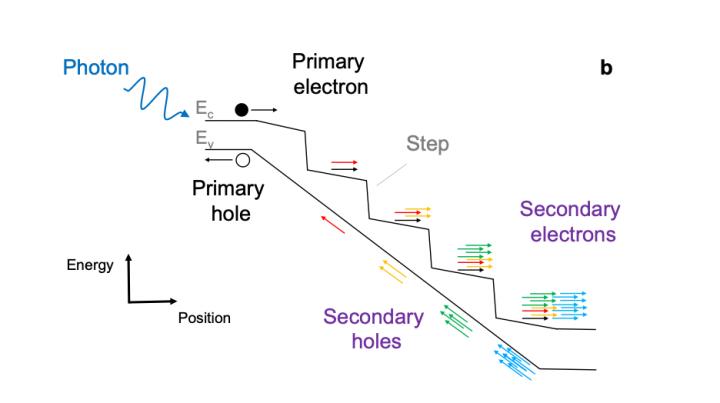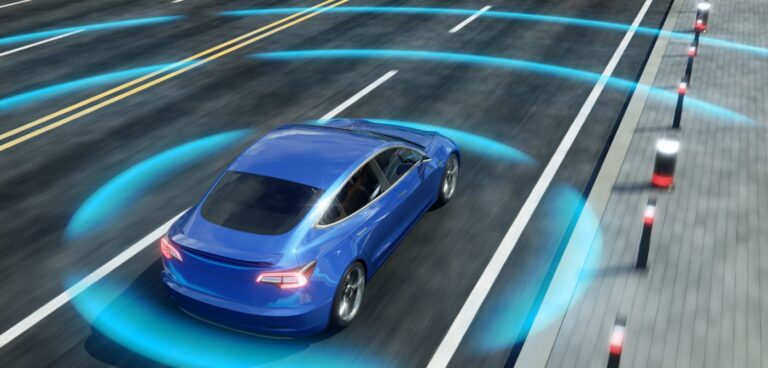Researchers from the University of Texas, Austin and the University of Virginia have created a light detecting device that can improve the vision of autonomous vehicles.
The first-of-its-kind system is designed to amplify weak signals rebounding from objects in the distance. It also works to exclude noises and inconsistency associated with the detection process.
“Autonomous vehicles send out laser signals that bounce off objects to tell you how far away you are. Not much light comes back, so if your detector is putting out more noise than the signal coming in you get nothing,” said Joe Campbell, professor of electrical and computer engineering at the University of Virginia School of Engineering.
In a study recently published in the journal Nature Photonics, the engineers explained that they developed an avalanche photodiode with a staircase-like alignment. This model helps to amplify the electrical current for light detection
“The electron is like a marble rolling down a flight of stairs,” said Seth Bank, professor in the Cockrell School’s Department of Electrical and Computer Engineering who led the research with Campbell.
“Each time the marble rolls off a step, it drops and crashes into the next one. In our case, the electron does the same thing, but each collision releases enough energy to actually free another electron. We may start with one electron, but falling off each step doubles the number of electrons: 1, 2, 4, 8, and so on.”

By increasing the number of steps, the device can boost the sensitivity and consistency of the signal. Through the consistent multiplication of electrons with each step, the electrical signals from the detector become more reliable, even in low light conditions.
According to the team, this solution is ideal for lidar systems used in autonomous vehicles, robotics and surveillance.
They are now looking to combine work from this latest device with an avalanche photodiode they built last year specifically for near-infrared light. This device could be used for accurate fibre-optic communications and thermal imaging.









